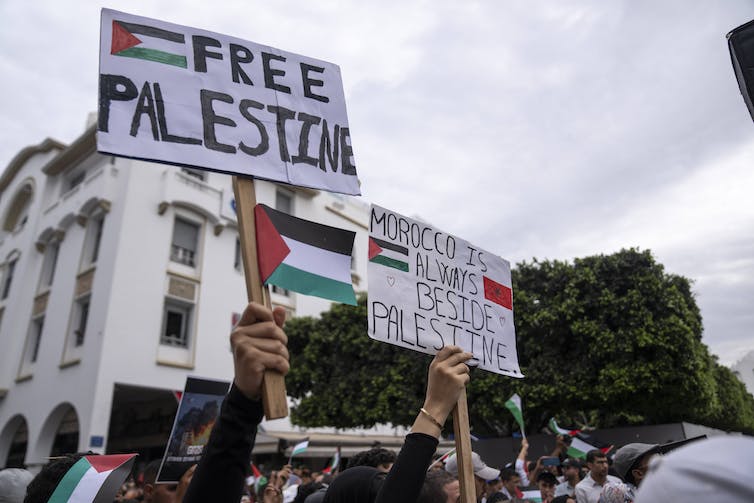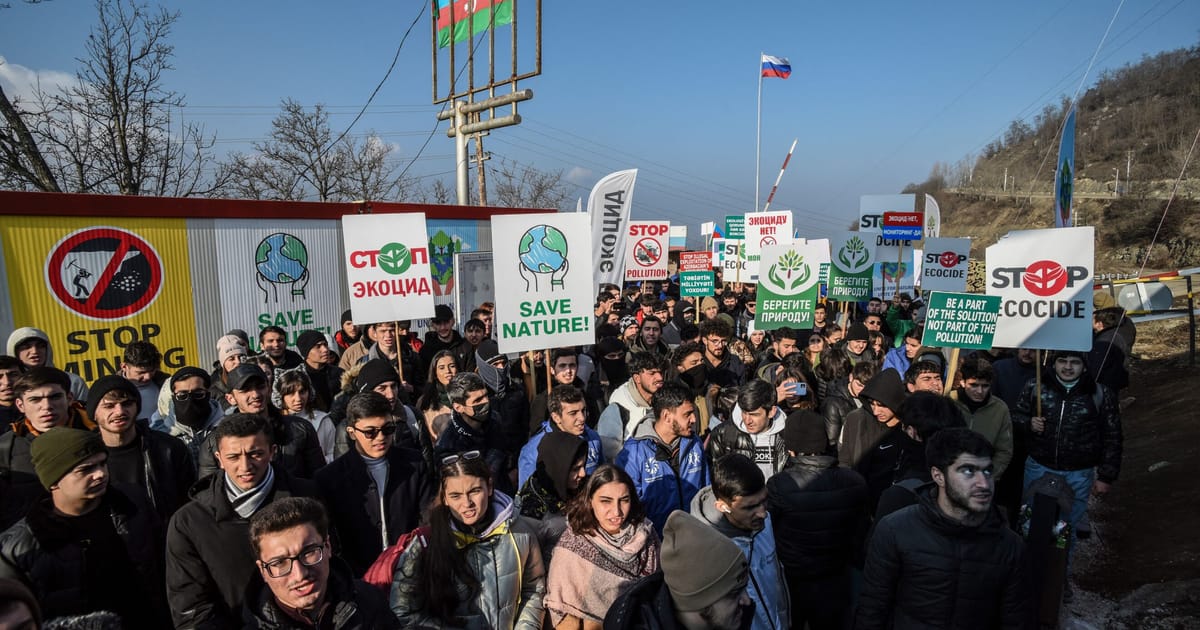By any definition of terror, the word covers killing children in their homes and taking concert-goers hostage to further a political cause. So why, even after the mass killings and kidnappings in Israel on Oct. 7, do major news organizations resist multiplying calls to describe Hamas as a terrorist organization?
Preliminary phrase searches through ProQuest Global Newstream in the days following Oct. 7 suggest that news organizations with conservative leanings (such as The Telegraph and The Australian) are most likely to use terrorist adjacent to the name Hamas. Wire services, public broadcasters and national news brands with broad readerships reach more diligently for neutral terms. They may call Hamas a militia and use killings or attacks where others say atrocity or slaughter.
For its part, the BBC responded to fierce pressure from politicians and Jewish leaders by claiming the high ground of professional best practice and autonomy, stating:
“The BBC is an editorially independent broadcaster whose job is to explain precisely what is happening ‘on the ground’ so our audiences can make their own judgment.”
The Canadian Press advises journalists to avoid “labelling one side the terrorists, which makes the other side automatically the good guys.”
It points out that language affects perceptions (“‘One person’s terrorist is another person’s freedom fighter,’ as the saying goes”) and that, in addition to being neutral, “terms such as bombers, gunmen and killers also offer the advantage of being more specific.”
India’s accusation of ‘terrorism’ is a ploy to hide its own human rights abuses
The opposing case for more laden terms is pressed by politicians and advocates who likely echo constituents’ visceral reactions. To those who mourn or rage in violent times, neutral language may seem performative at best — or even cruel. On both sides of the Gaza-Israel Iron Wall, wells of semantic offence rise from aquifers of generational trauma and justified fear.
The enduring offence of neutrality
Neutral language is only one of several rituals through which journalists have long buttressed an occupational ideology centred on truth-telling.
Their stuffiest aspirational ideals — such as professed impartiality, putative firewalls between news and commentary and the mantra “journalism is a discipline of verification” — have been upstaged by an emphasis on transparency and networked collaboration.
(AP Photo/Mosa’ab Elshamy)
Today’s 24/7 feed of alerts and updates includes a stew of alleged facts and newsy opinions. Some say this is OK because truth is whatever people come to believe after exposure to a variety of reports.
An especially radical post-truth doctrine considers facts ascertainable only through the lens of people’s life experiences. According to this view, sometimes dubbed “standpoint epistemology,” truth-seekers should defer to the realities born, especially, of suffering and prejudice.
Given such ground-shaking critiques, barely a tremor registered when major news sources began calling blatant untruths lies and discriminatory acts racist. So, then, why not terrorist?
Where editors cling on to neutral language, it’s partly to avoid slippery slopes. Leading Israelis have, in recent months, used startlingly non-neutral terms — such as war crime and apartheid — to describe their own country’s management of occupied lands, even as foreign critics were tagged antisemitic. Now, the Oct. 7 attacks are described as pogroms and the siege of Gaza as genocide.
If terms like these are queued next on the why-not playlist of editorial style, it’s merely pragmatic to prefer words denoting data (killed) over those inviting adjudication (murdered).
The reporter’s role as listener
Beyond pragmatism, the pull to neutral ground is consistent with a ubiquitous conception of a journalists’ professional identity.
Despite this century’s digital-information disruptions and social-justice reckonings, many journalists still aspire to “report things as they are.”
The 67-country Worlds of Journalism Study, fielded in the mid-2010s, found surprising resilience in journalists’ self-understanding as “detached observers and objective bystanders.” These ideals were developed in industrialized western countries and successfully exported to other news cultures “through institutional transfer, training, and education, as well as the diffusion of occupational ideologies.”
According to this vision, journalists aren’t qualified to denounce war criminals; at best, they might clearly explain the established protocols for proscribing warfare.
Professional roles shape collective standards and influence, however imperfectly, practice. Some jobs demand partiality, others even-handedness. But for those in conciliatory roles, such as mediators and therapists, a key demand is non-judgmental listening.
Something similar may apply to responsible journalism.
Just three days after the most devastating attacks on Jews since the Holocaust, it was a reporter for the Israeli newspaper Haaretz who interviewed Gaza residents about Hamas’s invasion and its consequences.
The report conveyed ordinary people’s raw reactions — longing, rage, dread. One woman said that after early reports: “We were ecstatic.… But as the picture became clearer, and I saw that there were Israeli prisoners, I realized that we were in a nightmare, in hell.”
Likewise, an interview in the U.S. magazine Slate relayed the voice of a peace activist “reeling at the images of the brutality” while struggling, as he put it, to balance solidarity with his fellow Jews against the attacks’ historical background.
“This didn’t happen (because) Palestinians are just some terrible other form of human beings,” he said. Rather, they had “endured so much horror and trauma that they’re responding in this case in really, really terrible ways.”

(AP Photo/Francisco Seco)
Reports like this include emotive words, but in quotation marks. For reporters to honour their listening role demands a disciplined withholding of judgement that requires, in turn, a restrained lexicon. The hoped-for result: a more deeply informed populace.
Elevating facts as an act of faith
Reporters’ professional duty to mirror what’s being said and done stems from their most foundational duty: meeting communities’ need to know what’s going on. How close is the downtown fire to my kid’s school? Is the furniture factory downsizing? Has mom’s apartment building been bombed?
Facts matter locally, nationally, and internationally (see war, above). Constitutional democracies foster autonomous news-gathering through a range of protections that include source confidentiality, libel defences, access to restricted areas and various forms of taxpayer-funded subsidy.
Why? Because these democracies recognize the pursuit and publication of factual information about current affairs (that is, news) to comprise a “public good.”
According to the Reuters Institute at Oxford University, significant numbers of people in many countries remain inclined to trust the news sources they follow, sources often chosen for displaying the decidedly old-fashioned virtues of “balance and impartiality”.
For their part, the most responsible journalists know that their choices of stories, sources and words sometimes deepen innocent people’s wounds. Minimizing harm stands alongside truth-telling amongst journalists’ frequently conflicting principles but making facts plain could carry more weight than that borne by professional diligence.
If so, the enduring draw of unembellished facts could express a collective leap of faith — a gut belief that “reporting things as they are” will ultimately do less harm than good.
And perhaps it will. Perhaps, by expanding the supply of plain truths about human beings’ lives, self-restrained reporters nurture world views that are more expansive and less authoritarian than those fed by prejudices, truisms, and lies.




